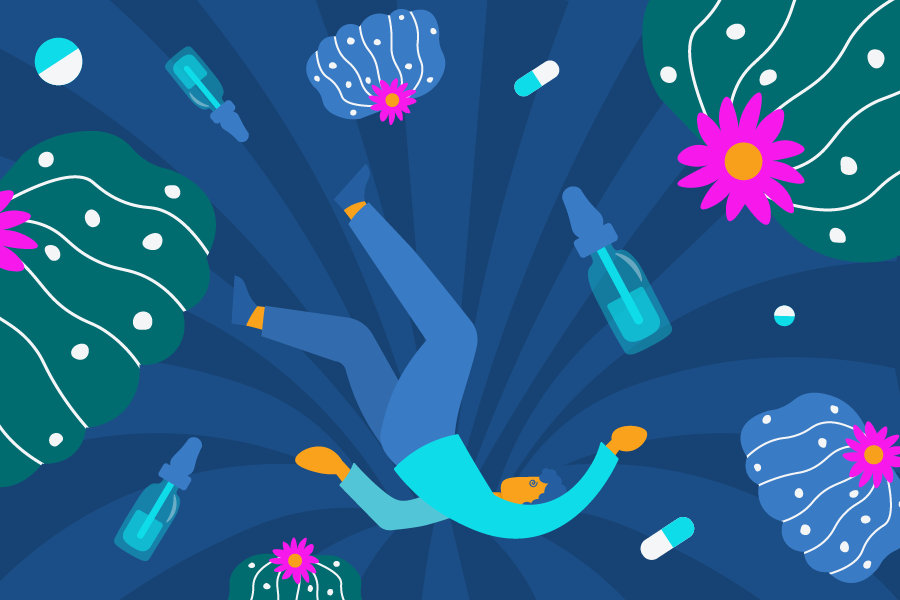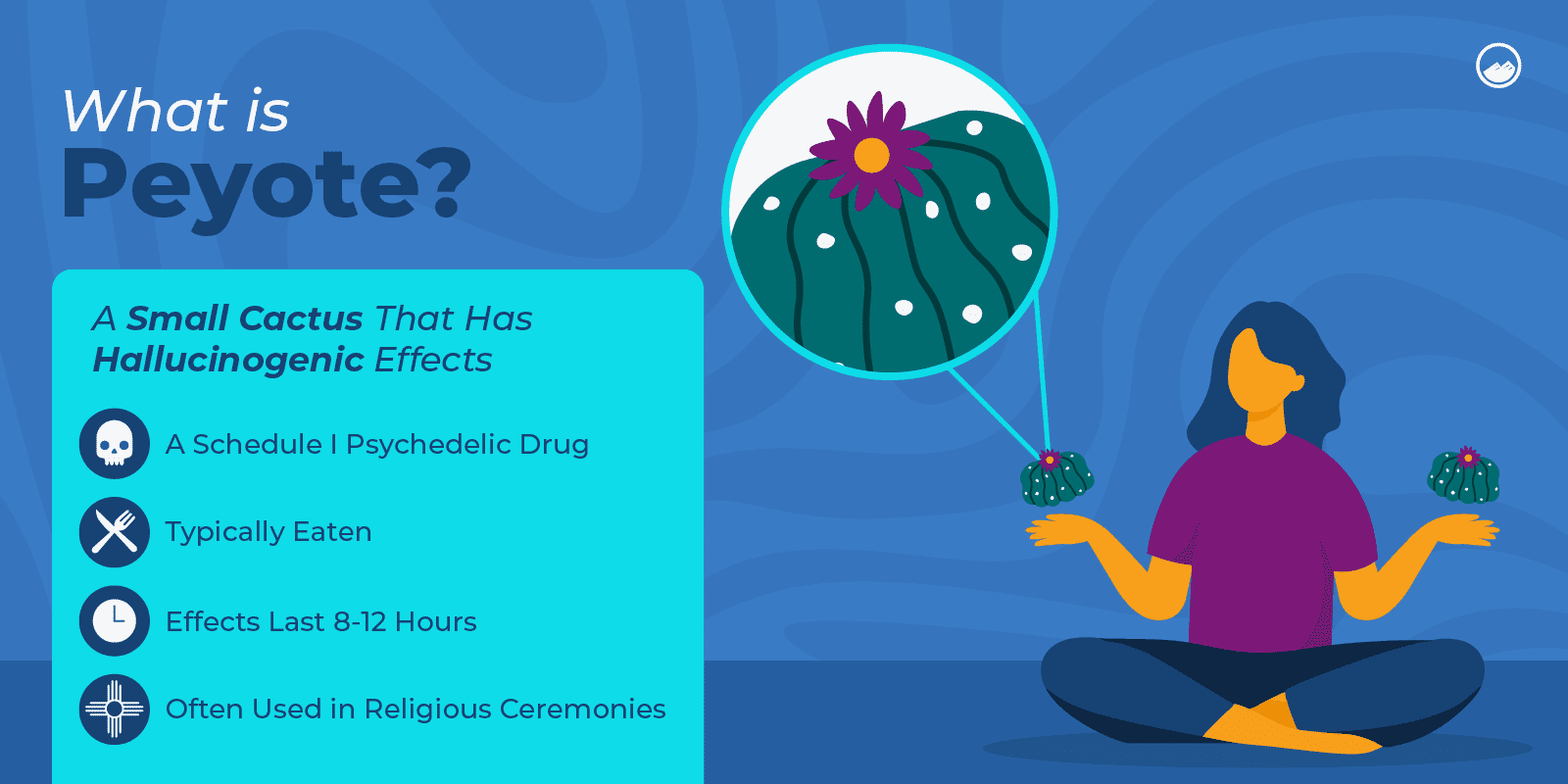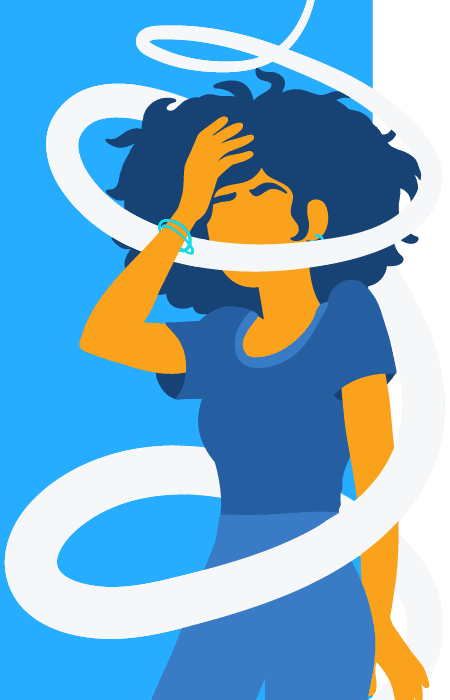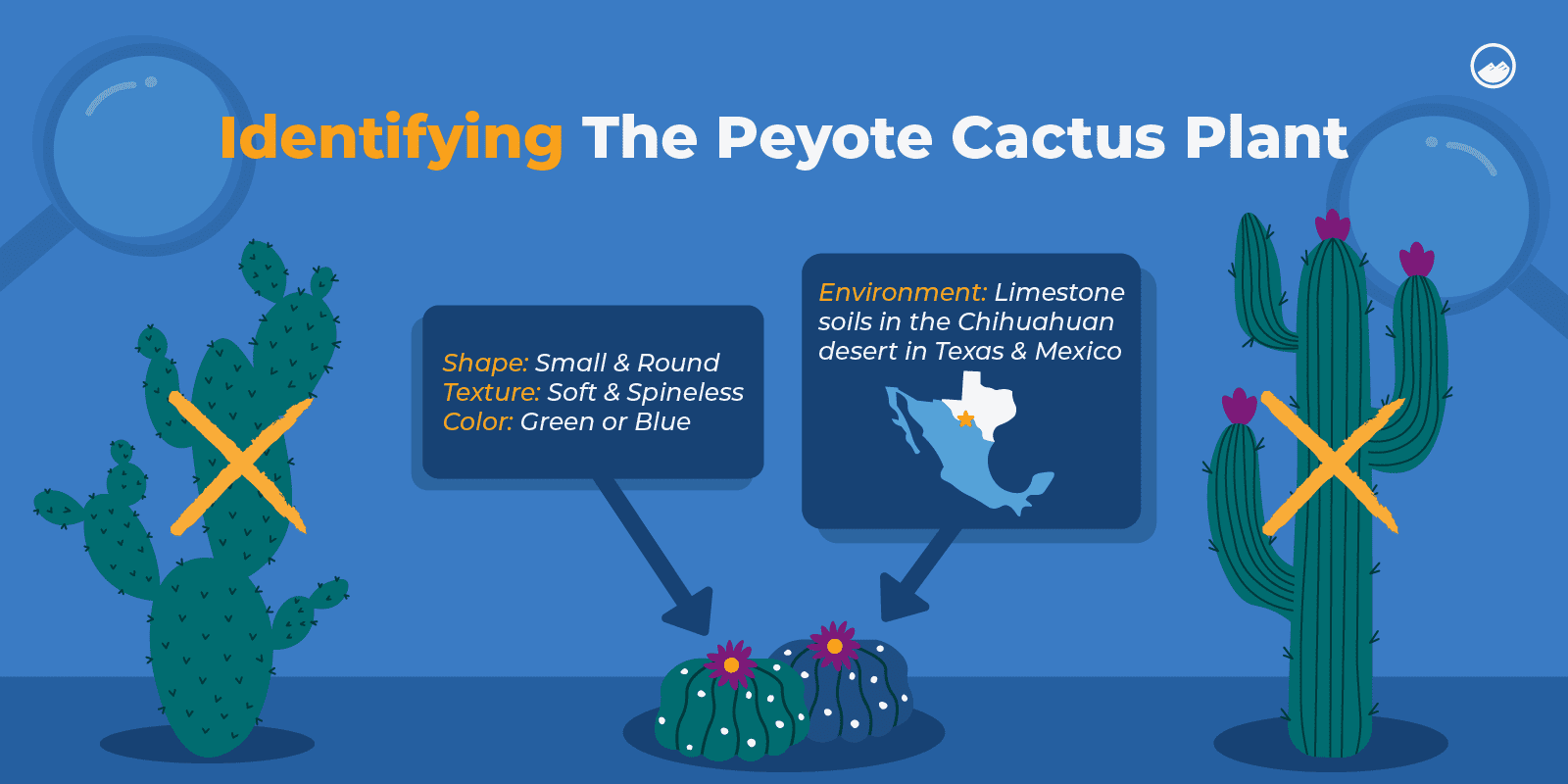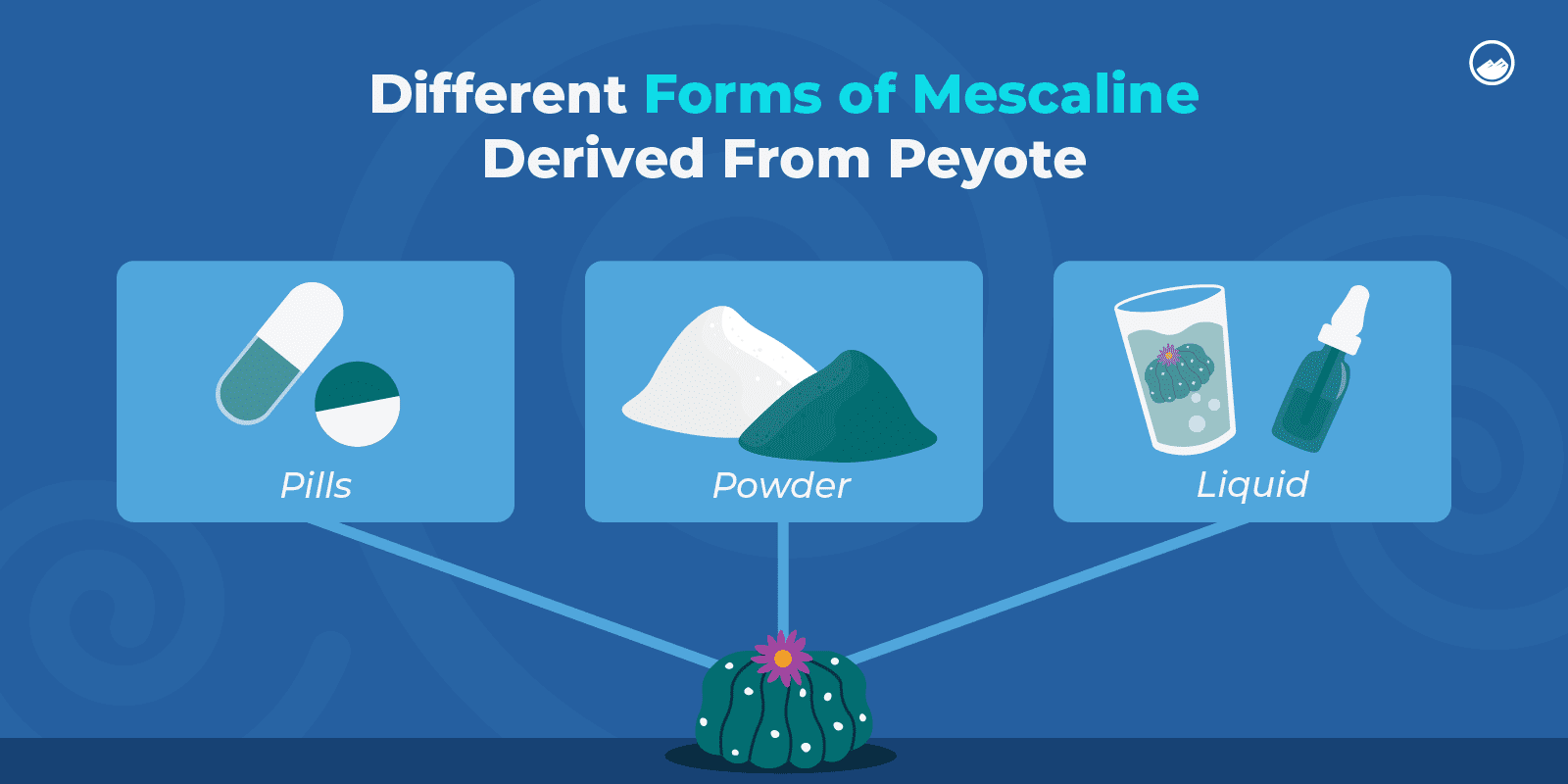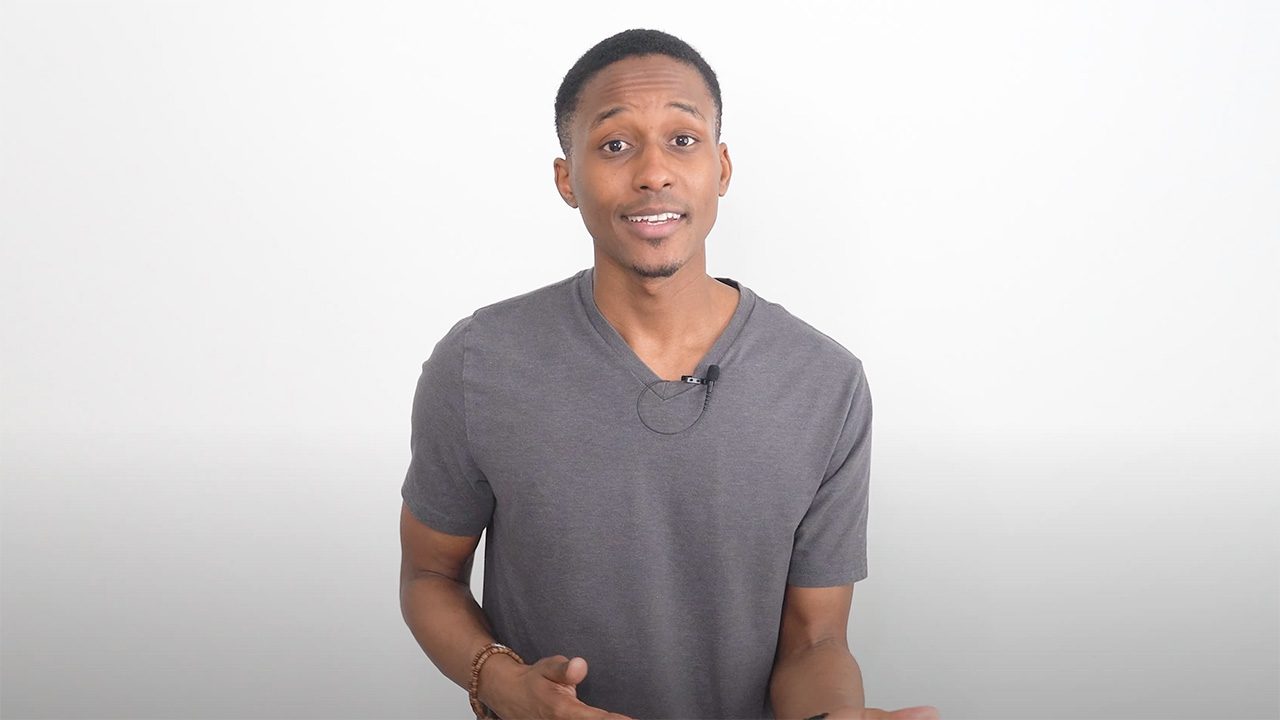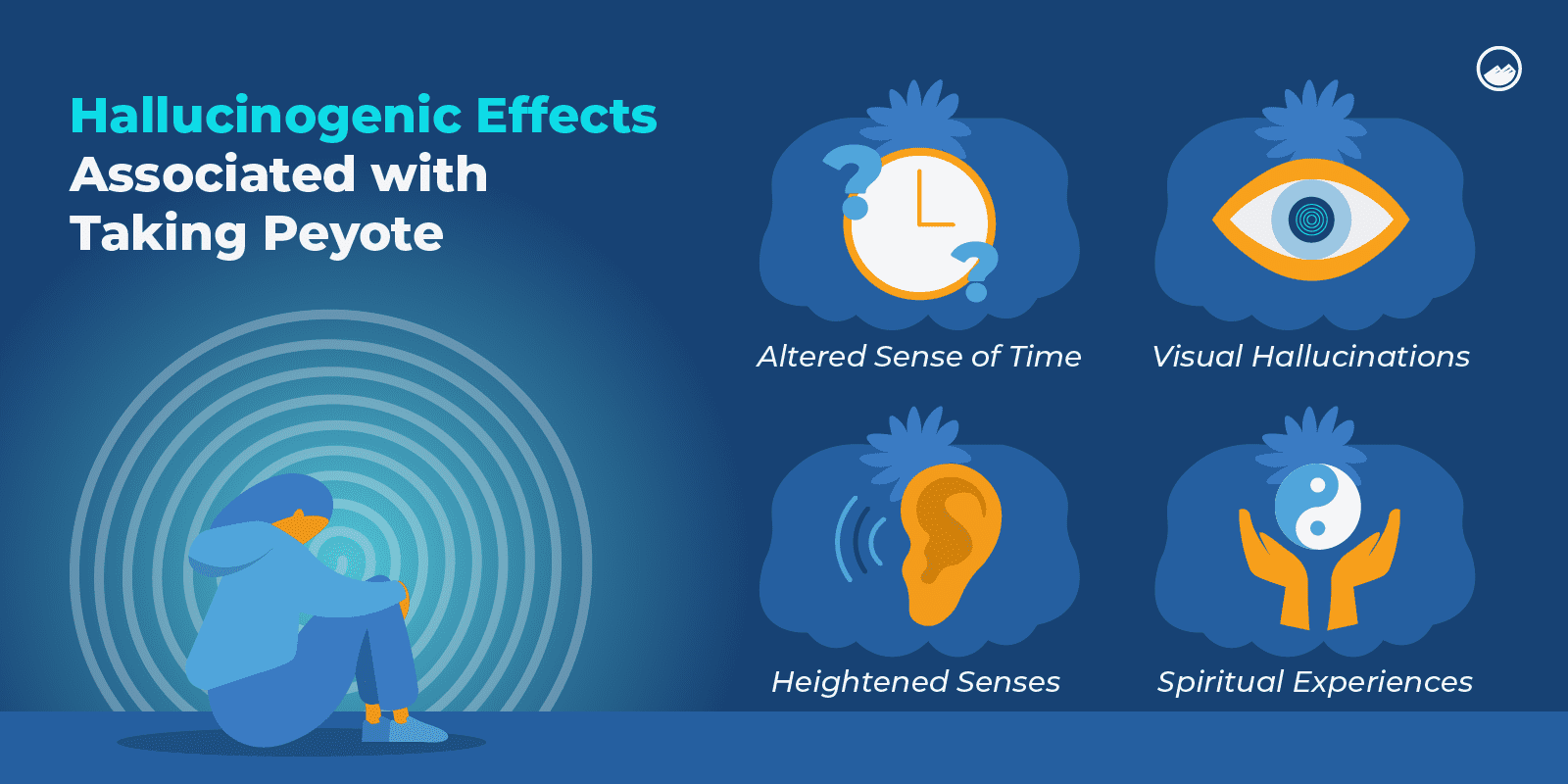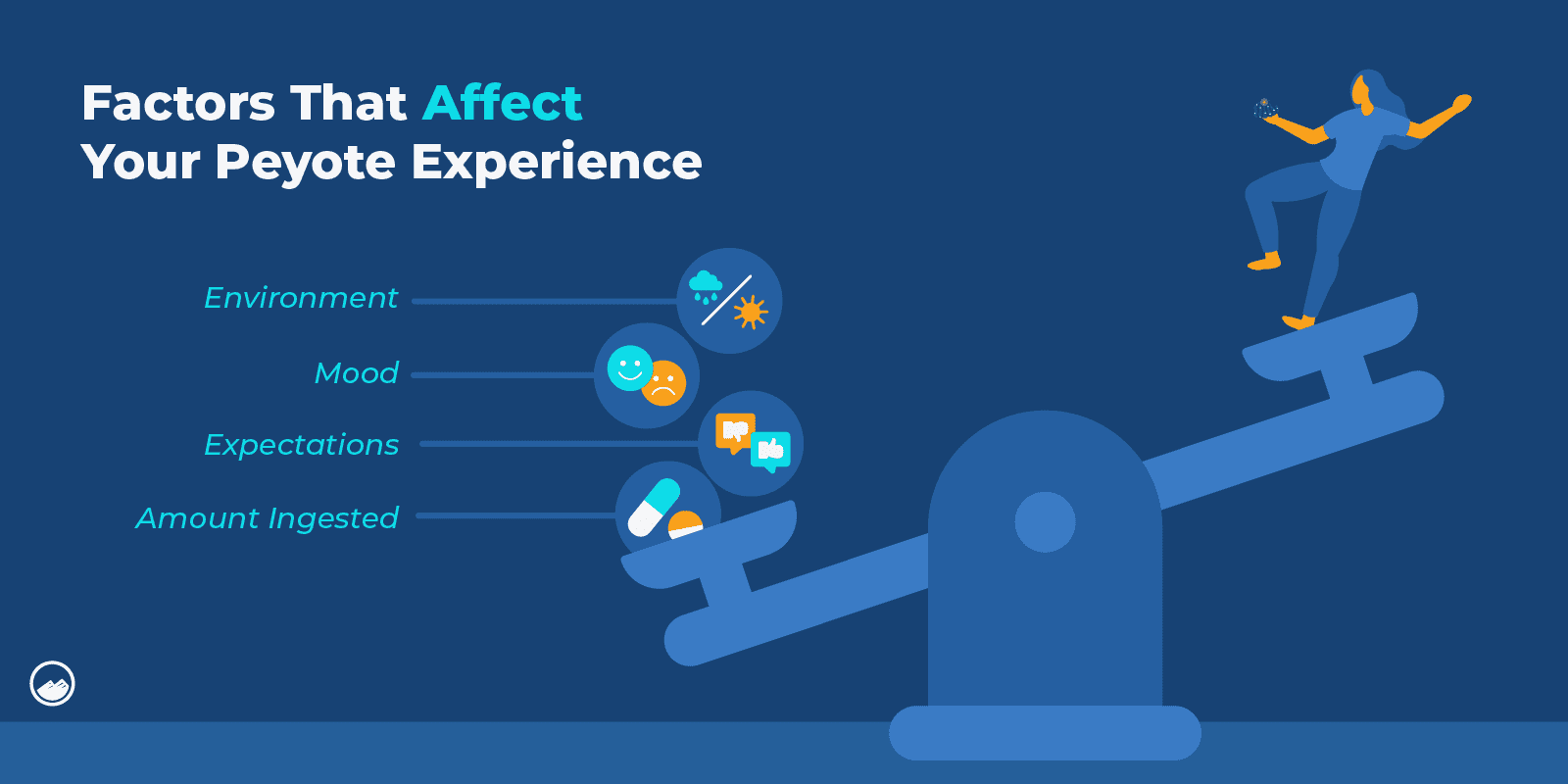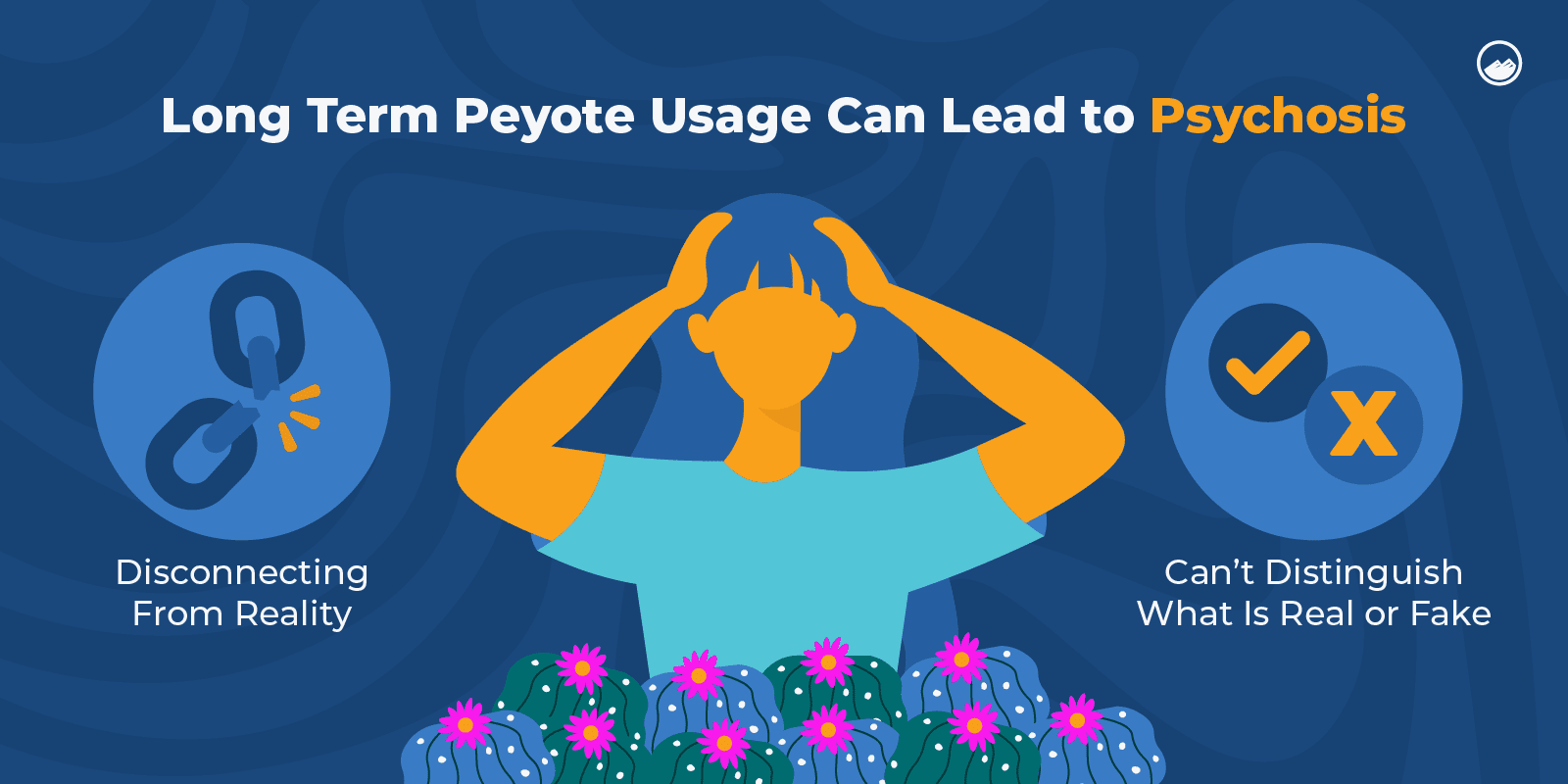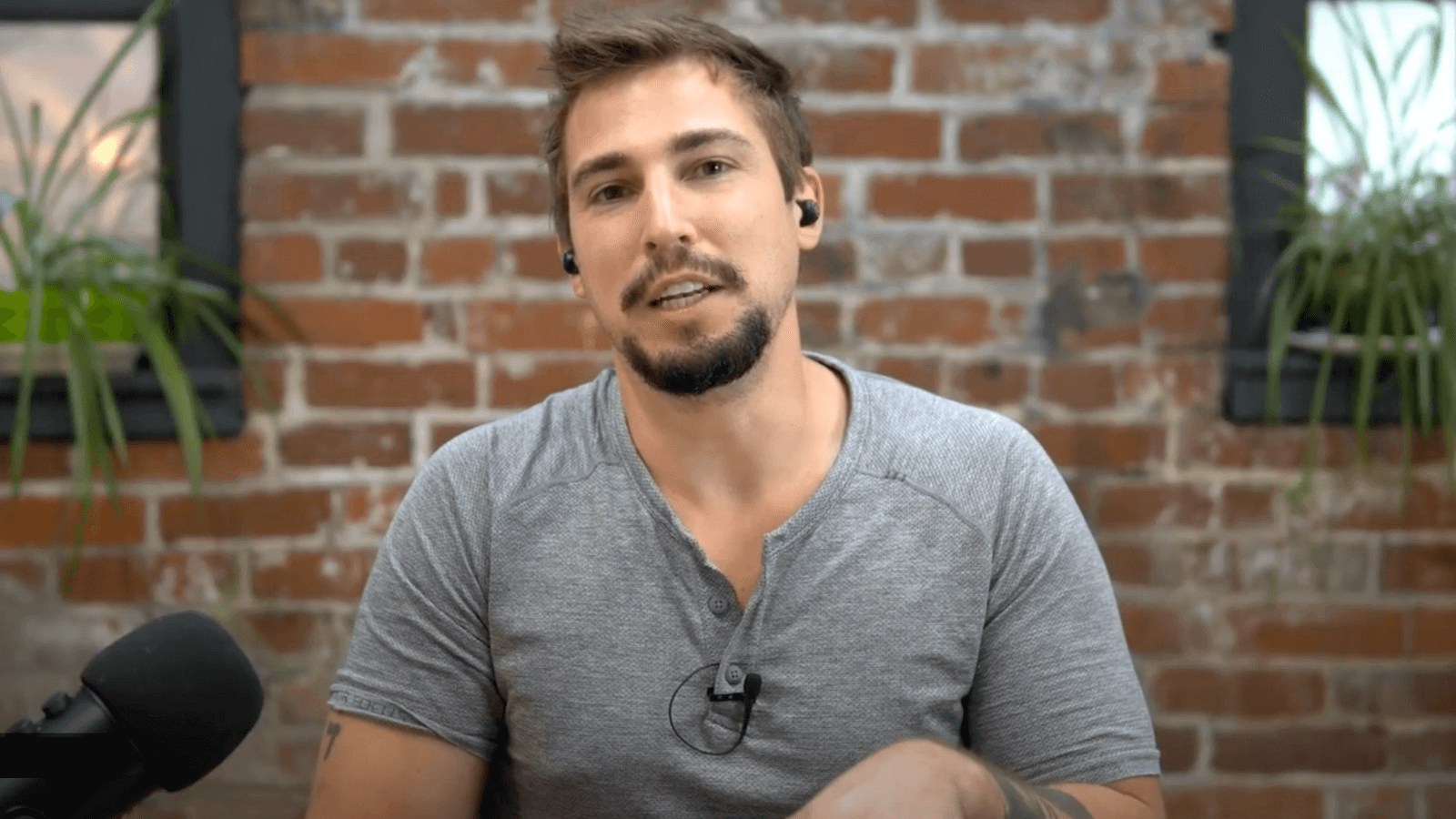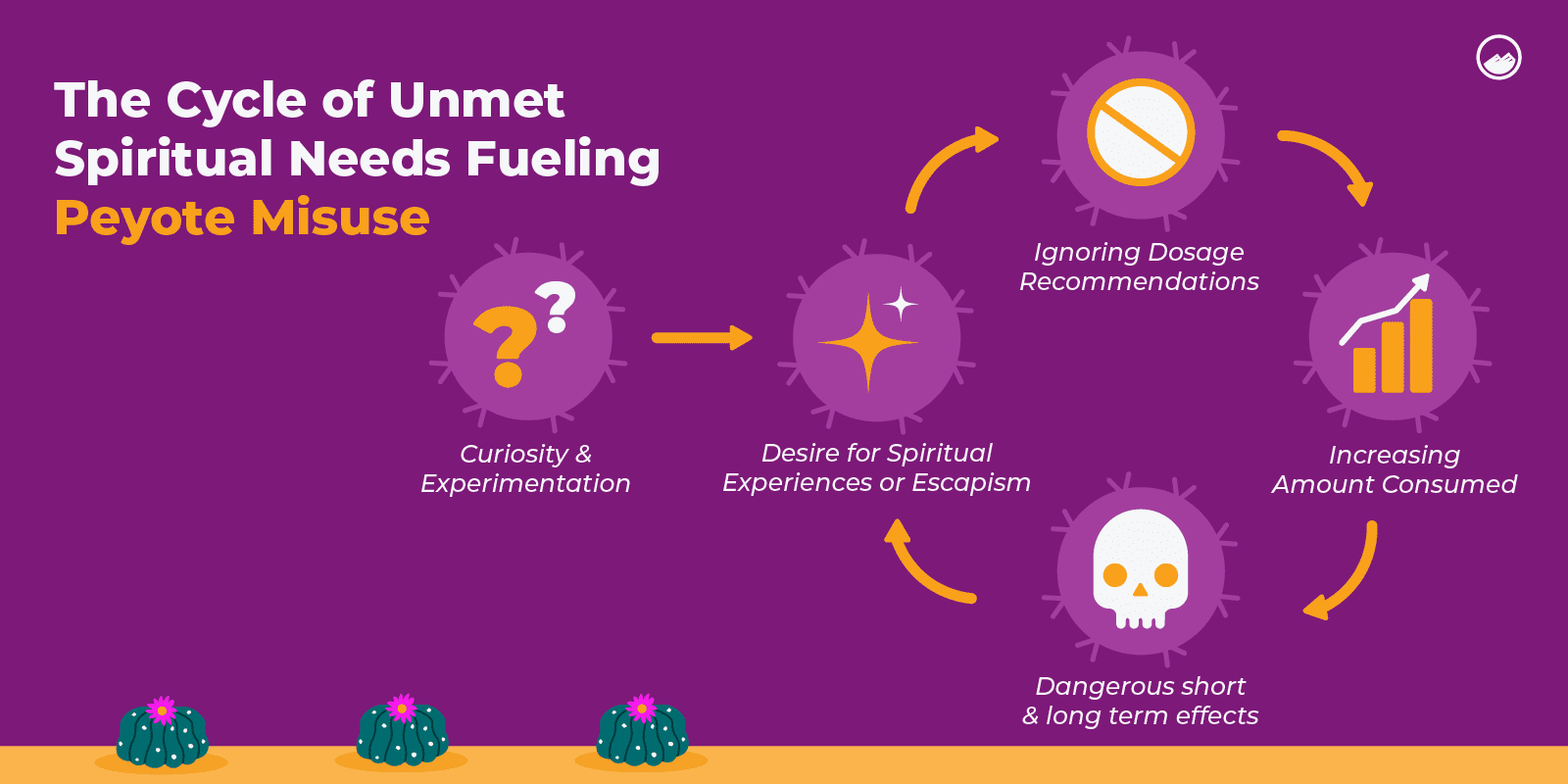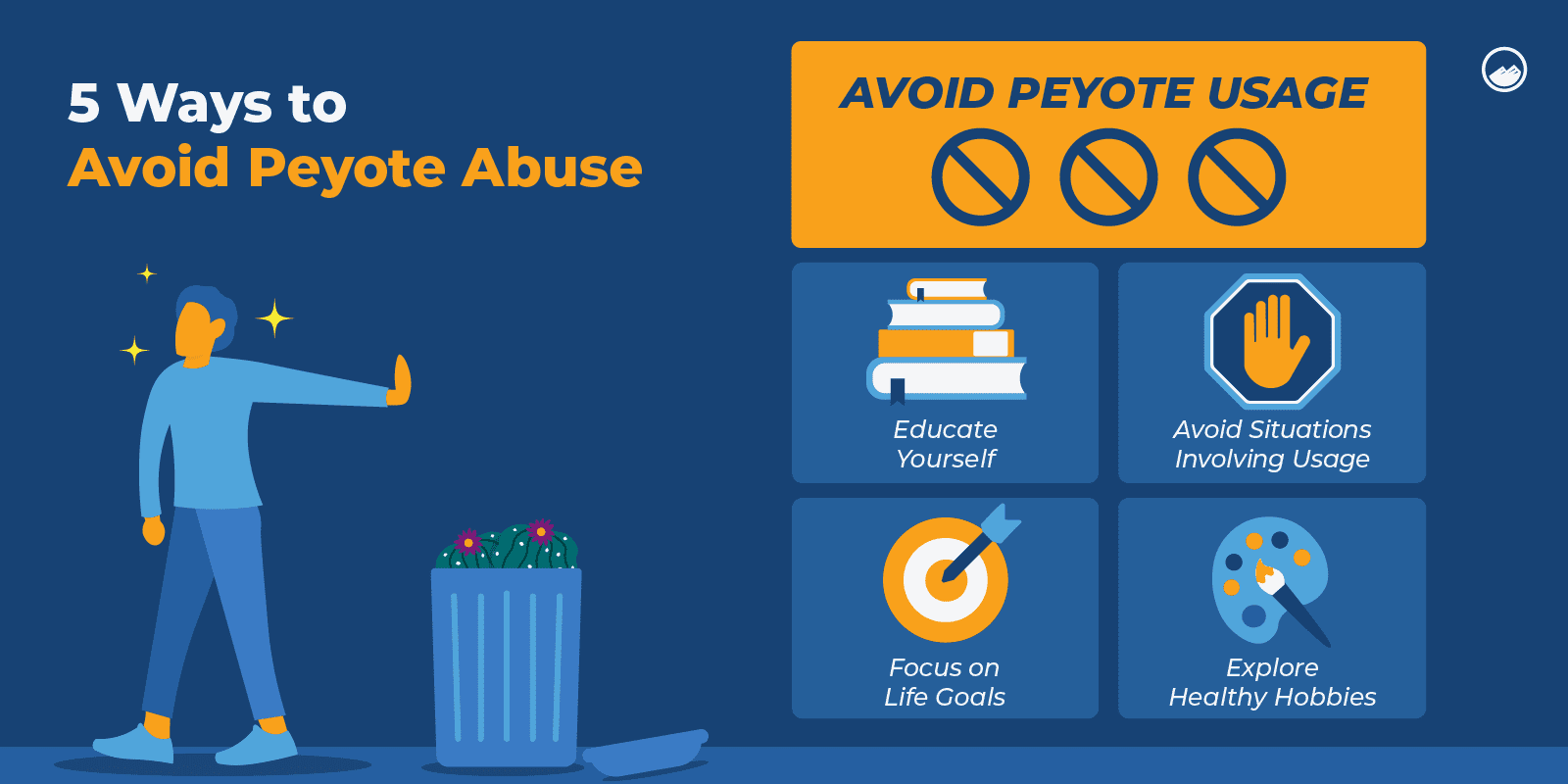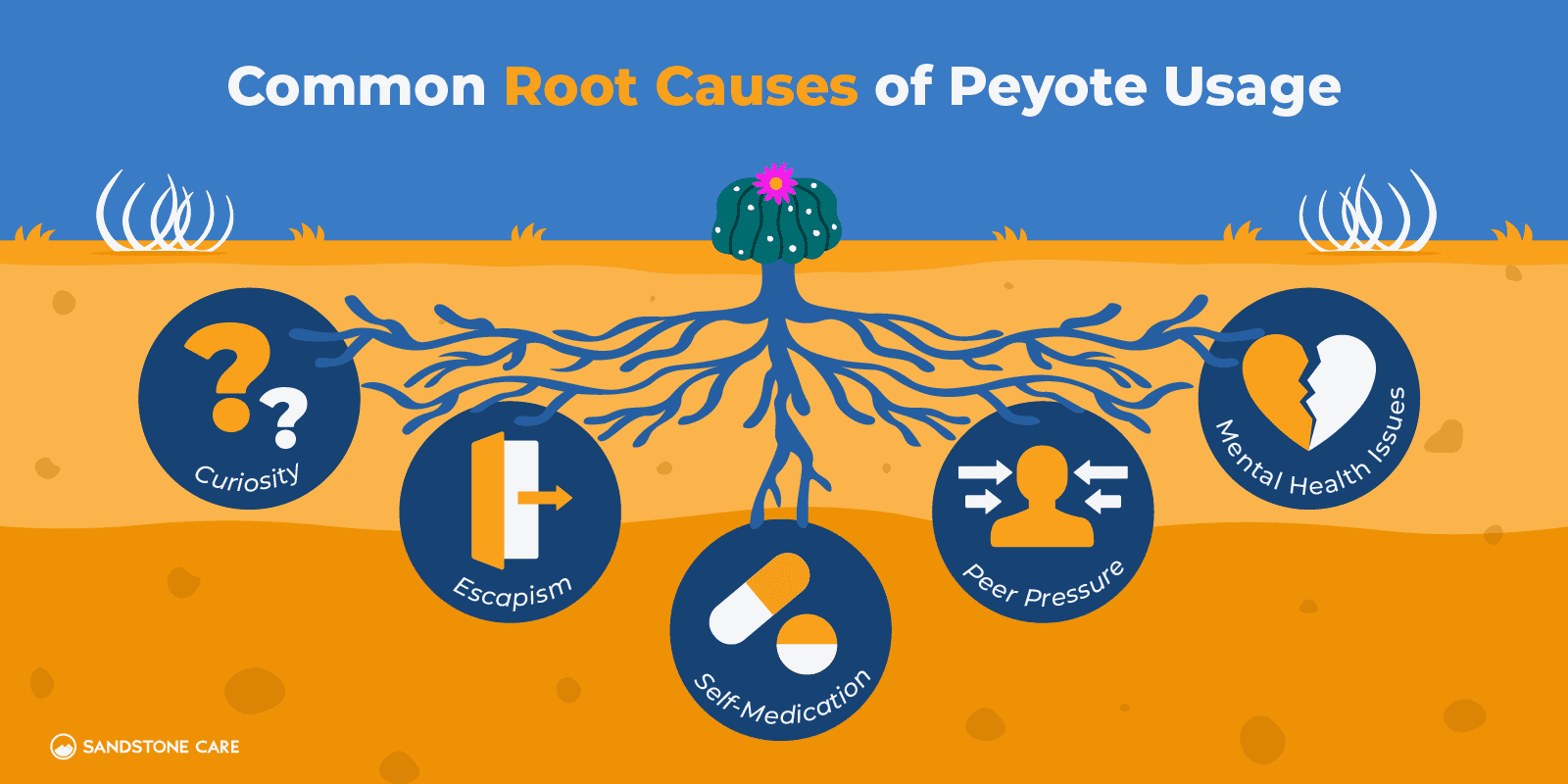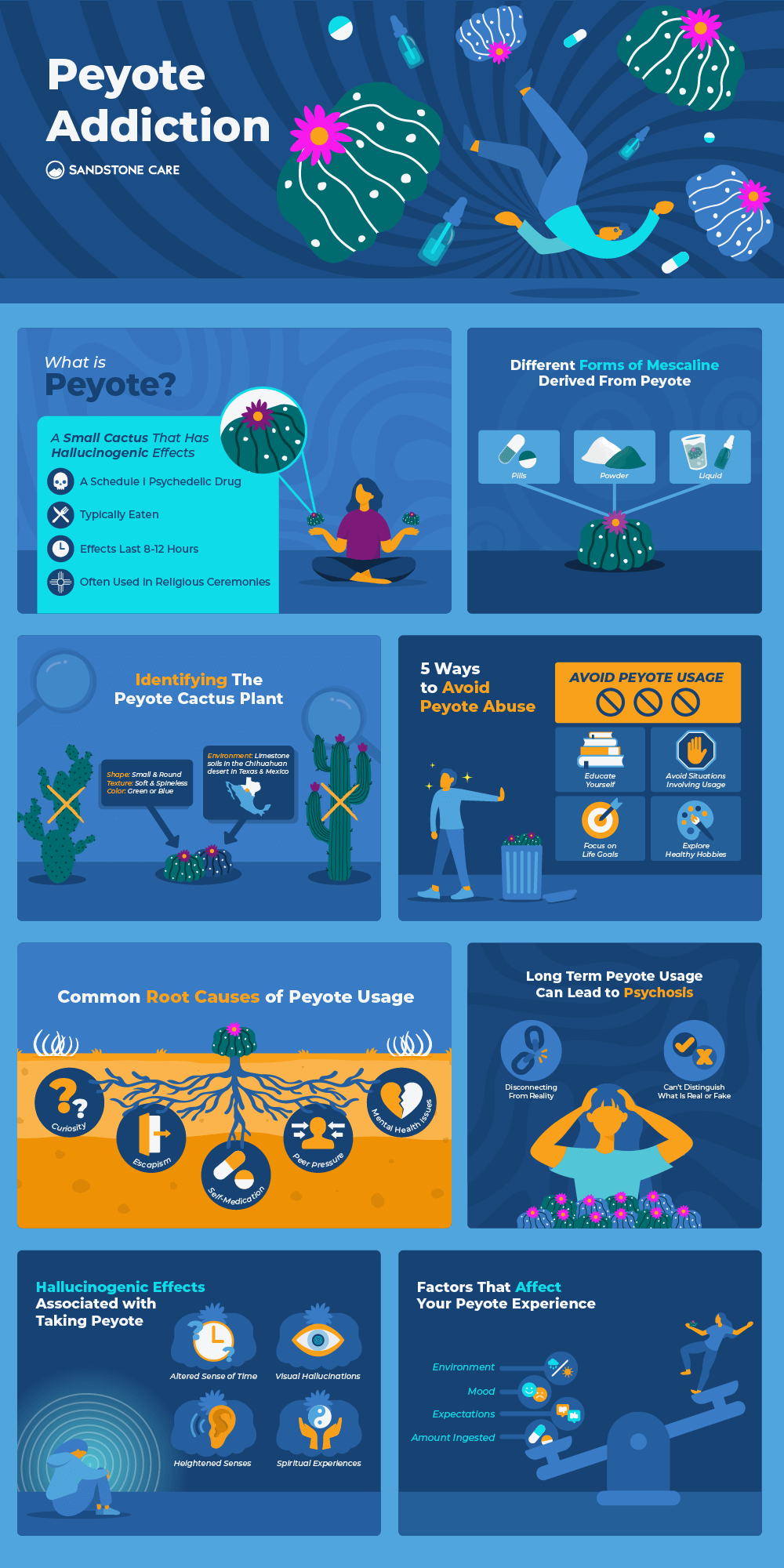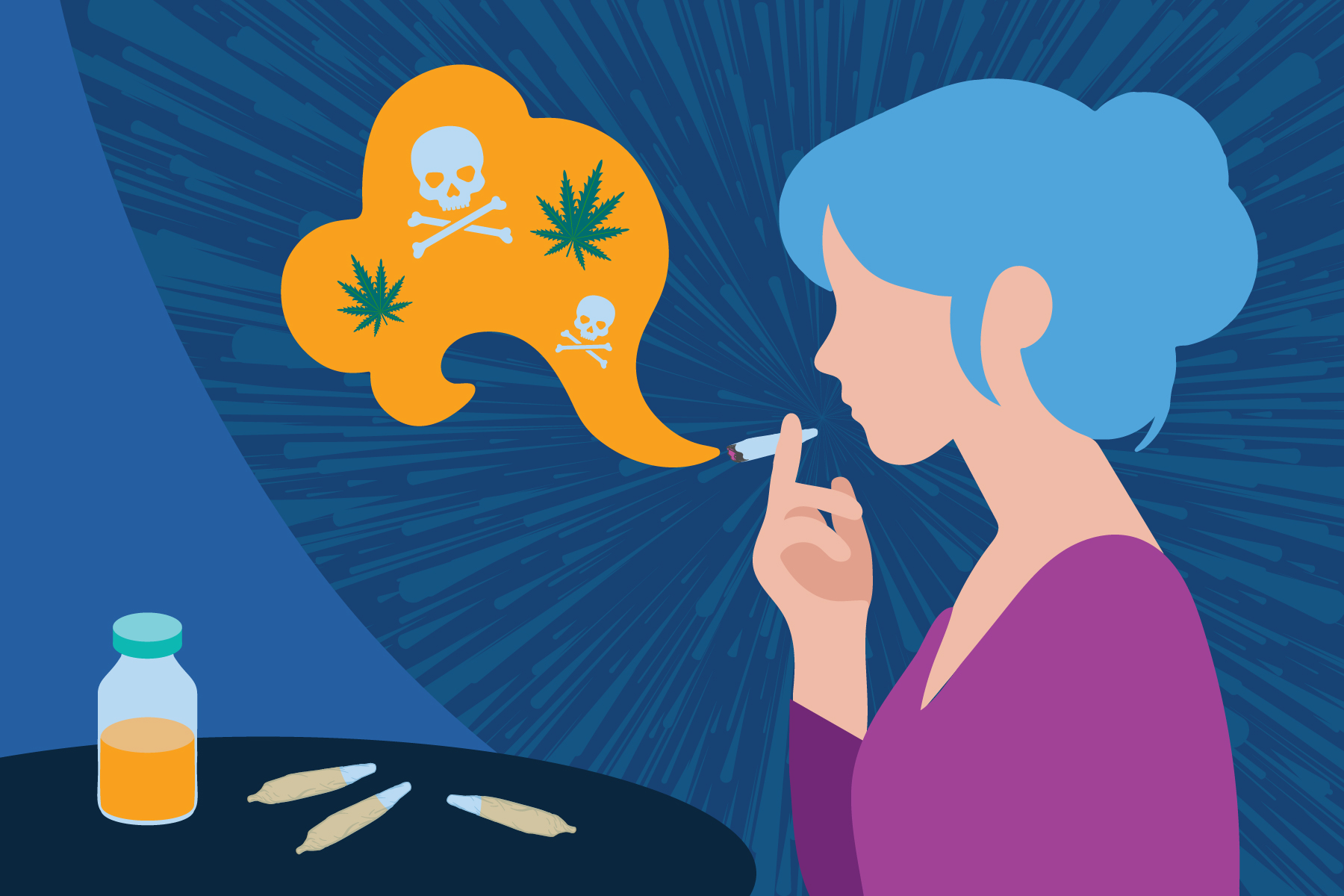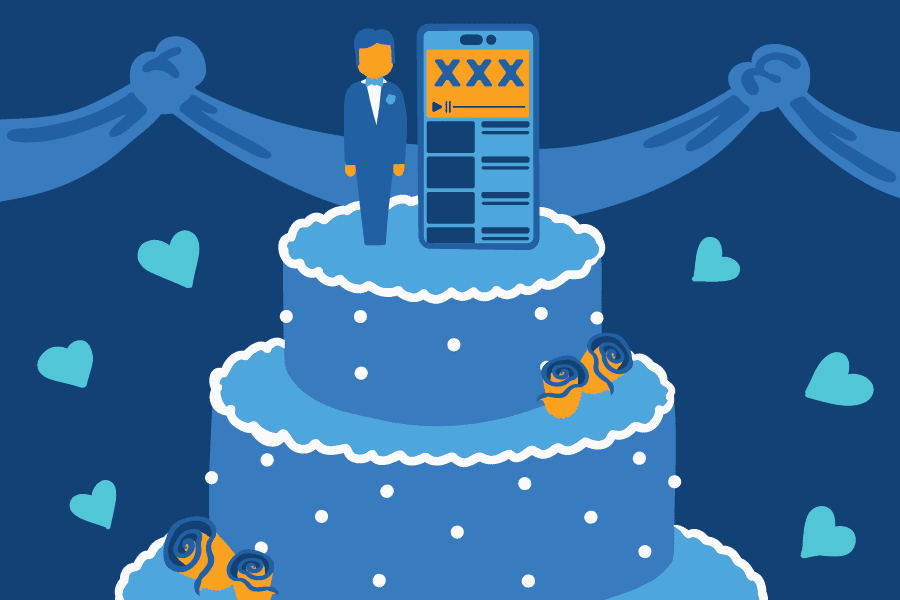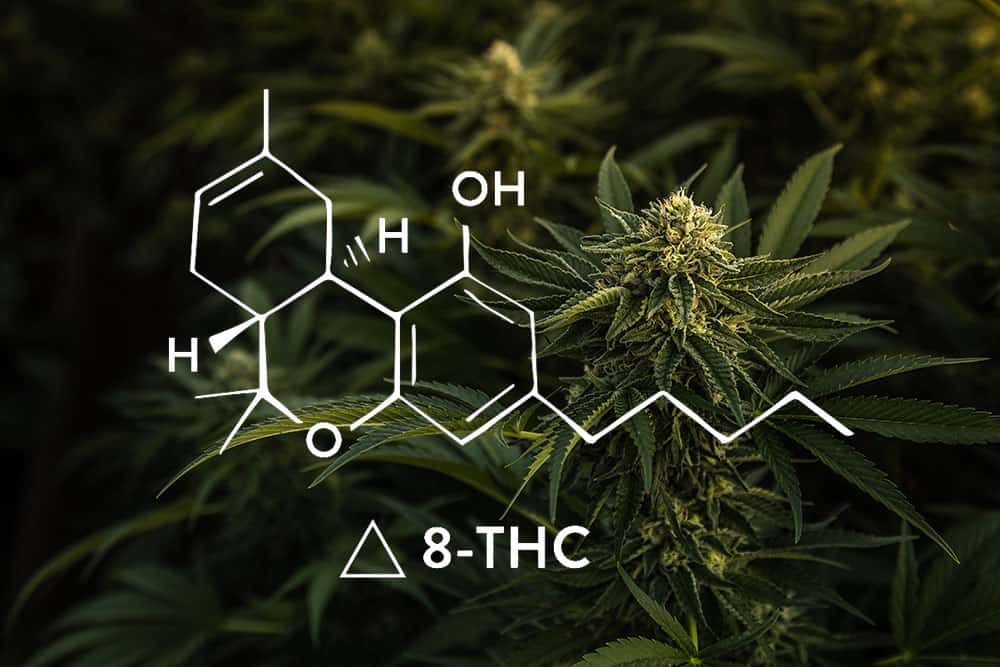Peyote Drug
What Is Peyote?
Peyote is a small cactus plant that contains a chemical compound called mescaline, which can cause psychoactive hallucinations.
Sometimes the hallucinogenic substances that come from the plant are called “Peyote drugs” or the “psychodelic cactus.”
The peyote cactus, also known as Lophophora Williamsii, can be found in the southwestern United States and throughout North America.
It is used by Native Americans, including the Huichol and Navajo tribes, for religious purposes.
However, in other contexts peyote is considered illegal because of its hallucinogenic properties.
Peyote has effects similar to those of LSD, psilocybin (magic mushrooms), and PCP.
Teens and young adults are often under the impression that the use of psychedelics like peyote is safe since it is something grown naturally, rather than something that is “cooked up in a lab.”
People who take peyote illegally are often chasing a feeling of “euphoria.”
It is important to understand the risks of peyote use, especially for young people whose brains are more vulnerable to damaging effects from hallucinogen abuse.
What Are The Street Names For Peyote?
Common street names for peyote can include:
- Cactus
- Mesc
- Buttons
- Britton
- Half moon
- Tops
- Hikori
- Nubs
- Seni
There are likely many more names used in different locations to refer to peyote drugs, but these are the most common ones to watch out for.
How Do You Use Peyote?
The peyote cactus is used by eating, smoking, or drinking the “buttons” off the plant.
The buttons may also be ground into a powder that is put inside gelatin capsules to be consumed or smoked with cannabis or tobacco.
Mixing substances like peyote and marijuana can lead to more dangerous side effects than either of the drugs can get on their own.
Due to peyote being a cactus and something grown naturally, mixed with the knowledge of a culture that uses it legally, teens and young adults often feel that it must be a safe substance.
They may abuse the psychodelic cactus in rave settings for its hallucinogenic properties.
What Are the Chemicals of Peyote?
Peyote contains a large range of phenylethylamine alkaloids, but the active ingredient in peyote that drives people to seek it out is the hallucinogen mescaline.
Peyote Cactus
How Do You Identify Peyote?
Peyote is a soft, spineless, round cactus. Peyote plants may vary in color from blue to green, yellow, and red.
It is mostly only found on limestone soils of the Chihuahuan desert of southern Texas and northern Mexico.
Peyote buttons are disc-shaped and cut from the roots, and dried. Sometimes, the peyote plant will grow pink flowers with berries.
It is never safe to consume wild plants without proper identification from an expert, especially ones that may have psychoactive properties.
One of the greatest dangers of using peyote, since it is illegal, is there is no way of knowing that the plants that are gathered are from a safe source.
What Are Peyote Buttons?
Peyote buttons are the small, disc-like tops of the peyote cactus (Lophophora williamsii). Peyote buttons are the part of the plant that is harvested for its hallucinogenic properties.
Peyote buttons are usually small, round, and greenish, often with tufts of white hair.
They are typically about 2-5 cm in diameter. Sometimes, the peyote plant will grow pink flowers with berries.
What Is Mescaline?
Mescaline is a naturally occurring hallucinogenic drug. When a person takes mescaline, they can experience effects such as:
- Altered state of consciousness where one experiences altered thinking and time perception
- The feeling of a dream-like state
- Changes in visual perception and hallucinations, a person may experience hallucinations with their eyes open or closed
Other effects of mescaline can involve vomiting, headaches, and anxiety. Mescaline can be naturally extracted from peyote or made synthetically.
Peyote Ceremony
What Is the History of Peyote Use?
The original uses of peyote are believed to go back as far as 20,000 years by some indigenous people in northern Mexico and the southwestern United States as a part of native religion.
Native Americans, including the Huichol and Navajo tribes, have used peyote as part of religious ceremonies for decades. In this setting, peyote is not considered a drug but rather a medicine used for healing.
As a ceremonious instrument, the US government does not have a ban on peyote used within the Native American Church; however, someone who is using it recreationally, outside the church, would be doing so illegally.
The 1994 amendment to the American Indian Religious Freedom Act legalized the use of peyote for these religious purposes.
What Do Native Americans Use Peyote For?
Mescaline is legally used by the Native American Church during religious ceremonies and is often referred to as the “divine” or “sacred” cactus.
Some people who use peyote may be trying to communicate with a higher power and trying to transcend the limits of the earth, time, and space into another world.
Although not confirmed by institutions like the Federal Drug Administration, the indigenous belief is that peyote is beneficial for pain during childbirth, fever, joint pain, and skin wounds.
How Do American Indians Use Peyote?
According to the Journal of Studies on Alcohol and Drugs, American Indians use peyote as part of religious and spiritual ceremonies, especially during prayer.
What Is Peyote Used For In Medicine?
According to Current Molecular Pharmacology, Native American tribes may also use peyote with the belief that it may help with:
- Toothache
- Childbirth pain
- Fever
- Breast pain
- Skin disease
- Alcoholism
- Diabetes
- Colds
- Blindness
Effects of Peyote Use
What Are the Effects of Peyote?
Peyote’s hallucinogenic effects are similar to those of LSD or psychedelic mushrooms, including hallucinations, dizziness, drowsiness, and anxiety.
There is no guarantee that someone will experience certain effects consistently each time.
Experiences with peyote range widely depending on the current mood of the user and the quality of the drug.
Some of the general effects that can be expected are listed below.
How Long Does Peyote Last?
The effects of peyote typically last between 8 to 12 hours, but the duration can vary depending on several factors.
Here are some key points about the duration and experience of peyote:
- Onset: The effects of peyote usually begin 30 to 60 minutes after ingestion.
- Peak: The peak effects are typically felt 2 to 4 hours after ingestion.
- Total Duration: The entire experience usually lasts between 8 to 12 hours, though it can sometimes extend up to 14 hours.
Are There Adverse Effects of Taking Peyote?
Yes. People who use peyote are often trying to achieve its “euphoric” effects. However, in some cases, a person may experience a “bad trip” that can have lasting effects on their mental and emotional health.
During a bad trip they may experience horrifying thoughts and emotions such as anxiety or fear of control, madness, or death.
Peyote can strongly affect the body, causing numerous negative effects such as vomiting, headaches, excessive sweating, muscle stiffness, impaired coordination, loss of appetite, and sleep difficulties.
Peyote’s effects may begin within 20 to 90 minutes after ingesting and can last up to 12 hours. Using hallucinogens can be highly unpredictable as it is hard to tell how an individual’s body and brain will react.
The effects of peyote can largely depend on several different factors, such as the potency and amount ingested and a person’s mood, expectations, surroundings, and mental health history.
Symptoms of mescaline poisoning can include:
- Increased heart rate
- Agitation
- Muscle stiffness
- Poor muscle control
- Seizures
- Hyperthermia
If you or a loved one feel ill or out of control after taking peyote, call 911 and seek medical advice immediately.
What Are the Short-Term Side Effects of Peyote Use?
When a person uses peyote, they may experience effects that include:
- Intense nausea and vomiting
- Dilated pupils
- Increased heart rate and blood pressure
- A rise in body temperature
- Perspiration
- Headaches
- Muscle weakness
- Impaired coordination
What Are the Long-term Risks of the Use of Peyote?
Individuals who engage in hallucinogens like peyote use are at risk of developing long-term psychosis.
Persistent psychosis can disrupt a person’s thoughts and perceptions that can make it difficult to understand what is real and what is not.
According to the National Institute on Drug Abuse, persistent psychosis can involve visual disturbances, disorganized thinking, paranoia, flashbacks, and mood disturbances.
Another risk for those who use peyote is developing hallucinogen-persisting perception disorder (HPPD). HPPD is a long-lasting condition that is characterized by recurring visual disturbances.
A person who develops HPPD may experience visions of geometric shapes, objects in the peripheral vision, flashes of colors, intense colors, trailing perception of moving objects, and afterimages.
HPPD can last for years following substance use, and it can be incredibly stressful to the person experiencing it.
Both persistent psychosis and HPPD are more likely to develop in people who have a history of mental illness. However, they can occur in anyone who is using hallucinogens like peyote.
More research is needed to understand the long-term effects peyote can have on the brain and body.
How Do Psychedelics Affect the Brain?
Hallucinogens, or psychedelics affect the brain by acting on the brain’s neural circuits that involve the neurotransmitter serotonin in order to alter what the user is perceiving.
Most of the effects of psychedelics occur in the prefrontal cortex, which is responsible for important functions like mood, cognition, and perception.
Ingesting psychedelic drugs can cause a person to see images, hear sounds, and feel things that seem real but are not.
Hallucinogens can affect how a person perceives reality and their ability to think rationally and communicate with others.
Unfortunately, very little is known about the long-term effects of peyote on the brain.
What we do know is that, as with other hallucinogens, there is a possibility of developing persistent psychosis.
This condition is characterized by symptoms of continuing mood swings, visual disturbances, paranoia, and disorganized thought long after the substance has been ingested.
Peyote Addiction
Is Peyote Addictive?
Peyote is not typically considered highly addictive. However, it still has a high potential for abuse.
A person who uses peyote can develop a tolerance to it, meaning they need to take more and more of it to achieve the same effects.
Peyote is a Schedule I substance, because of its high potential for abuse and no accepted medical use in the United States, with exemption to the Native American Church.
What Are Two Signs a Person Is Addicted to Peyote?
Two signs a person is addicted to peyote can include:
- Experiencing intense cravings for peyote
- Continuing to use peyote despite the negative effects it has on one’s life and health
Other signs that a person may have developed a problem with hallucinogen use can include the following:
- Taking higher doses more frequently
- Spending a significant amount of time obtaining, using, and recovering from hallucinogen use
- Losing interest in things that were once loved
- Using peyote in dangerous situations
What Are the Statistics on Peyote Addiction?
Peyote use in the U.S. is uncommon. About 2% of people aged 12 or older have tried it at least once, and about 3% have tried mescaline on its own.
While peyote does not typically become physically addictive, the 2020 National Survey on Drug Use and Health found that about 372,000 people had a hallucinogen use disorder in the past 12 months.
Peyote Addiction Treatment
What Are the Causes of Peyote Abuse?
A person may use peyote because they want to experiment without realizing the serious negative effects that hallucinogenic drugs can have on their health.
One important way to prevent and avoid substance use is by understanding and educating yourself on its effects.
Some people may also abuse peyote as a way to self-medicate, especially if they are struggling emotionally.
Many people, especially teens and young adults, struggle with mental health conditions and turn to substances as a way to cope.
However, doing so can worsen the physical and mental health of an individual and lead to an unhealthy cycle of trying to “numb” the pain.
How Do You Diagnose Peyote Addiction?
In order to diagnose a peyote addiction, it is important to reach out to a healthcare provider or medical professional who can give a proper assessment.
An addiction diagnosis is made through thorough evaluation by healthcare experts who can look at how often the drug is used and the physical effects that peyote is having on their patient.
What Is the Best Treatment For Long-term Peyote Use?
Treatment for peyote use is best done in either an inpatient or outpatient setting, depending on the needs of the individual.
Psychotherapy, also known as talk therapy, is a common approach for those struggling with hallucinogen addiction and use.
Psychotherapy can help a person understand the connection between thoughts, feelings, and behaviors and learn how to restructure them, and build healthy coping mechanisms.
Some people who take peyote and other psychedelics may experience negative effects on their mental health from substance use.
Sometimes, these effects can cause terrifying thoughts and feelings of anxiety that last even after substance use has stopped.
Psychotherapy can help individuals cope and navigate difficult thoughts and feelings that may come from the use of hallucinogens.
Behavioral therapy approaches that may be used for treating peyote use can include:
- Cognitive Behavioral Therapy (CBT): CBT is an umbrella term that refers to a variety of different treatment approaches used for mental health disorders and substance use disorders.
- Motivational Interviewing: Motivational interviewing is an approach to psychotherapy used to help a person find their reasons to make behavior changes.
- Family Therapy: Often, when a person is struggling with substance abuse, it affects not only them but the people who are close to them.
Therapy can help families better understand one another, support each other, and learn healthy skills and coping mechanisms.
- Contingency Management: Contingency management is a type of behavioral therapy where people are given tangible rewards to reinforce positive change.
Support groups can also be an important part of the treatment and recovery process for peyote use. When an individual struggles with substance use or addiction, it can become very isolating.
Many times a person is not sure who to go to or if anyone would understand what they are going through. Through support groups, individuals can relate to one another and learn from each other’s experiences.
How Do I Help Someone With Peyote Use?
If you or a loved one is struggling with peyote abuse, reach out for professional help. It is also important to learn more and research peyote use and addiction so you can better understand how to provide support.
Connecting someone to professional resources is one of the first steps they need to take to heal. Throughout the treatment and recovery process, it can make a difference for them to know that you are there to support them if they need you.
When a person struggles with substance use, it can be hard for them and the people around them. Their loved ones need to take care of themselves, too, and get help if they need it.
Do You Need to Detox After Using Peyote?
Detox is usually given to any individual who has developed a drug dependence that enters treatment.
Through a medically-supervised detox, a person can safely manage withdrawal symptoms that may come from quitting substance use.
More research is needed on whether or not peyote use can lead to withdrawal symptoms. Detox is one of the first steps in healing your body and brain from hallucinogen abuse.

